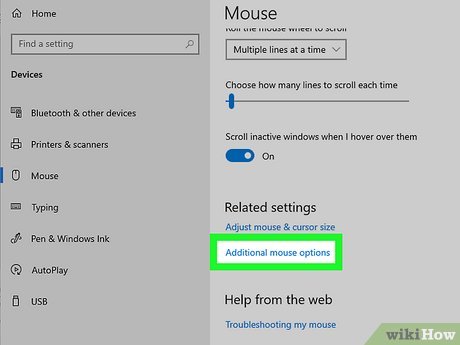How to Pray Taraweeh at Home

Introduction:
The month of Ramadan is a highly spiritual time for Muslims, during which they fast and partake in extra prayers known as Taraweeh. Due to certain circumstances like the current pandemic, many people are opting to pray Taraweeh at home. This article serves as a guide to help you pray Taraweeh effectively and spiritually at home.
1. Prepare your mind and soul:
Before you start praying Taraweeh, it’s essential to prepare your mind and soul. Engage in Dhikr (remembrance of Allah) and ask for forgiveness so that your heart is cleansed and ready for worship.
2. Choose a clean and peaceful space:
Select a quiet and clean area in your home where you can concentrate on your prayers without distractions. Prepare this space by laying a prayer mat or any clean material facing the Qibla (the direction of the Ka’bah in Mecca).
3. Perform Wudu (ablution):
Ensure that you are in a state of purity, both physically and spiritually by performing Wudu before commencing with the Taraweeh prayers
4. Pray Isha prayer:
Taraweeh prayers are offered after completing the mandatory Isha prayer, which consists of four Rak’ahs (units), followed by two Sunnah Rak’ahs. Don’t forget to recite aloud during Isha, as it is important during night prayers.
5. Begin Taraweeh prayers:
Taraweeh typically consists of twenty Rak’ahs, with each two Rak’ahs paired together called Shaf’a (even). Begin each unit by saying “Allahu Akbar” while raising hands up to the level of your ears. Recite Surah Al-Fatiha followed by any other Surah from the Quran in each unit.
6. Take short breaks in between for Ruku and Sujud:
Throughout the Taraweeh prayer, pause after every two Rak’ahs to perform Ruku (bowing) and Sujud (prostration), reciting the appropriate supplications.
7. Recite a longer portion of the Quran:
Since Taraweeh is an exceptional opportunity for spiritual growth, try to recite long portions of the Holy Quran during these prayers. Do not rush through them and ensure that you pronounce each word correctly.
8. Make time for additional prayers:
Apart from the twenty-Rak’ah Taraweeh, you can also choose to pray additional recommended units called Witr, which consist of an odd number of Rak’ahs (usually three).
9. Supplicate after completing Taraweeh and Witr:
After finishing the prayers, make a heartfelt Dua (supplication) asking for forgiveness, blessings, guidance, and anything else you require from Allah.
10. Reflect on your experience:
Once you have completed your Taraweeh prayers, take a moment to reflect on your connection with Allah and how this act of worship has brought you closer to Him.
Conclusion:
Praying Taraweeh at home may be different from praying at a mosque, but it still provides an excellent opportunity for spiritual growth during Ramadan. By following these steps, you can ensure that your Taraweeh experience is meaningful and helps you build a stronger relationship with Allah during this blessed month.






